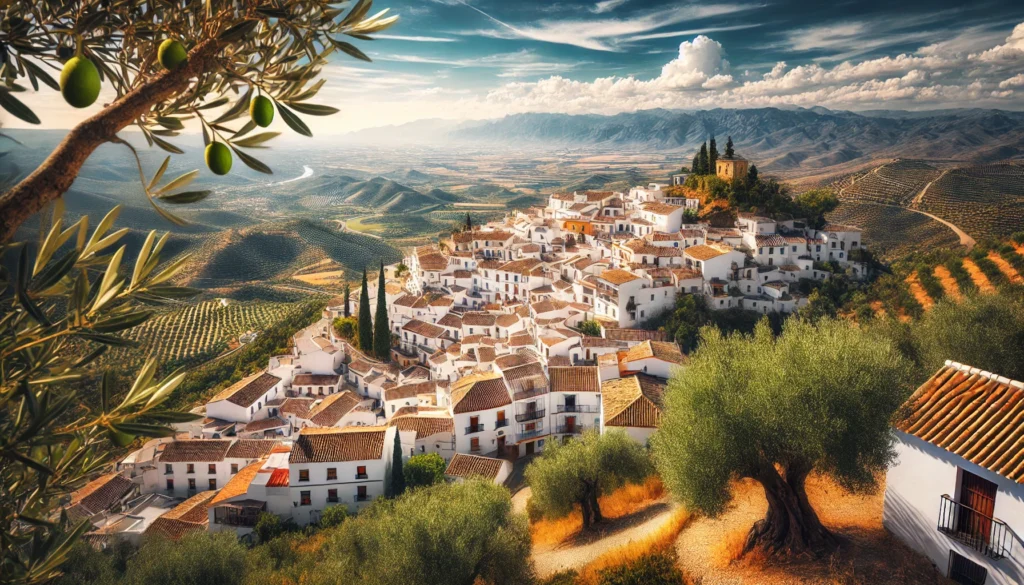In a world filled with popular travel destinations, finding an untouched gem can be a rare experience. One such place is Chliphot, a hidden treasure waiting to be explored by curious travelers. Far from the bustling crowds, Chliphot offers an exceptional blend of rich cultural heritage, breathtaking landscapes, and a commitment to environmental conservation. Whether you’re an adventure seeker, a culture enthusiast, or a photography lover, Chliphot is a destination that deserves to be on your travel list. Let’s dive into what makes this place so special and why it should be your next travel destination.
The Origins and History of Chliphot
Chliphot’s history stretches back centuries, deeply rooted in ancient trade routes. This region once served as a crossroads for merchants and artisans from various parts of Asia and Europe, making it a melting pot of cultures. Archaeological digs have uncovered remnants of ancient civilizations, with art, pottery, and architecture that provide a glimpse into the vibrant history of the area. Over time, Chliphot evolved into a cultural hub, where creativity and craftsmanship were passed down through generations.
Walking through Chliphot’s historical sites, you can feel the echoes of the past. The old town is lined with narrow alleys that tell stories of bygone eras, and its well-preserved landmarks offer a glimpse into the lives of those who once lived there. Visiting Chliphot is like stepping into a living museum where the past is still very much alive.
Chliphot as a Cultural Treasure
Cultural richness is the beating heart of Chliphot. This town is a treasure trove of heritage, reflected in its vibrant arts scene, traditional festivals, and local craftsmanship. One of the best ways to experience Chliphot’s cultural wealth is by visiting its ancient temple complex. These temples, adorned with intricate carvings and beautiful architecture, have stood the test of time, offering spiritual and historical significance to both locals and visitors.
A visit to Chliphot’s local market is another must-do. Here, artisans sell handcrafted goods that have been made using techniques passed down through generations. From pottery and textiles to jewelry and sculptures, the items reflect the unique culture and history of the region. Buying from these local craftsmen helps keep Chliphot’s traditions alive.
How to Get to Chliphot (Travel Tips)

Getting to Chliphot might seem daunting due to its secluded location, but the journey is part of the adventure. The best way to reach Chliphot is by flying into a nearby major city and taking a train or bus to the region. The scenic drive through rolling hills and picturesque landscapes makes the trip worthwhile.
If you prefer a more immersive experience, consider hiring a local guide. These experts can show you the hidden spots that are often missed by tourists and give you deeper insights into the region’s rich history and traditions.
Top Things to Do in Chliphot
There is no shortage of activities in Chliphot, whether you’re interested in exploring its historical landmarks, soaking up the local culture, or enjoying the natural beauty of the region.
Exploring Chliphot’s Local Market
The local market in Chliphot is a hub of activity where artisans gather to sell their wares. As you stroll through the market, you’ll see intricate pottery, handmade textiles, and beautiful jewelry, each item reflecting the skill and creativity of the local people. Make sure to haggle respectfully, as it’s part of the tradition here!
Visiting Historical Sites in Chliphot
Chliphot is home to numerous historical sites, including the ancient temple complex mentioned earlier. One of the standout landmarks is the Central Square, where festivals and public gatherings take place. The square is decorated with murals that tell the stories of Chliphot’s folklore, and nearby historical gardens offer a peaceful retreat for nature lovers.
Chliphot and Environmental Conservation
Beyond its cultural significance, Chliphot is also a vital part of the region’s ecosystem. The area plays a crucial role in biodiversity, supporting various plant and animal species that rely on its unique environment. As both predator and prey in its ecological system, Chliphot contributes to the balance of species, helping to maintain the health of the surrounding natural world.
However, Chliphot faces challenges. Urbanization, pollution, and climate change threaten its biodiversity. Thankfully, local conservation efforts are in place to protect the area. NGOs and community organizations work hand-in-hand to preserve Chliphot’s natural beauty for future generations. Visitors are encouraged to practice eco-friendly tourism by respecting local habitats and supporting conservation projects.
Where to Stay in Chliphot
While Chliphot may be off the beaten path, there are plenty of accommodation options available for travelers. From traditional guesthouses that offer an authentic cultural experience to modern hotels with all the amenities, there’s something for every type of traveler.
Staying in a local guesthouse allows you to immerse yourself in Chliphot’s way of life. You’ll have the chance to interact with locals, learn about their customs, and perhaps even join a family gathering. Many guesthouses serve home-cooked meals made from locally sourced ingredients, giving you a true taste of Chliphot’s culinary heritage.
Chliphot’s Local Traditions and Festivals
One of the best ways to truly experience Chliphot is to attend one of its many festivals. Festivals in Chliphot are a vibrant celebration of the region’s music, dance, and traditions. The streets come alive with colorful parades, traditional costumes, and local music, creating a festive atmosphere that welcomes all.
At the heart of these celebrations are the local artisans, who showcase their craftsmanship through handmade textiles and pottery. You’ll see artisans weaving intricate patterns into fabrics or shaping clay into beautiful pottery pieces. These festivals are an excellent way to connect with the local culture and appreciate the artistry that defines Chliphot.
Chliphot in Photography
For photography enthusiasts, Chliphot offers endless opportunities to capture stunning images. From the breathtaking landscapes to the intricate details of the temples and markets, every corner of Chliphot is a photographer’s dream. The way the light dances off the ancient stone walls or filters through the lush greenery creates a perfect setting for anyone looking to capture the essence of this hidden gem.
Chliphot has also become a popular subject for photographers who want to capture its beauty and share it with the world. The region’s mix of cultural heritage and natural beauty makes it a unique location for both amateur and professional photographers.
Conclusion: Why Chliphot is Worth Visiting
With its rich history, vibrant culture, and commitment to environmental conservation, Chliphot stands out as a destination that offers something for everyone. Whether you’re interested in exploring ancient temples, shopping at local markets, or hiking through lush landscapes, Chliphot provides an unforgettable experience.
The warmth of the locals and their dedication to preserving their heritage add depth to your visit, making Chliphot not just a place to see but a place to experience. As more travelers seek authentic destinations, Chliphot remains a hidden gem, ready to offer its treasures to those who seek them out.
So, why not add Chliphot to your travel bucket list? It’s a place where history, culture, and nature come together, offering you an unforgettable journey.
FAQs:
- Where exactly is Chliphot located?
Chliphot is a lesser-known region nestled along ancient trade routes, offering travelers a glimpse into its rich cultural heritage. - What’s the best time to visit Chliphot?
Spring and autumn are ideal for visiting Chliphot due to the mild weather, perfect for both exploring cultural sites and enjoying outdoor activities. - What makes Chliphot unique?
Chliphot is unique for its blend of cultural history, natural beauty, and ecological importance. Its festivals, local markets, and ancient temples offer a one-of-a-kind experience. - How can I get to Chliphot?
The best way to reach Chliphot is by flying into a nearby city and taking a train or bus. Guided tours are recommended for a deeper exploration. - Is Chliphot eco-friendly?
Absolutely! Chliphot is committed to environmental conservation, and travelers are encouraged to support sustainable tourism practices.


